Karkloof Conservation Centre – Patrick Cahill
March saw some interesting sightings and the Karkloof Conservation Centre’s list is growing! The White-throated Swallows which have a nest under the eaves of the Loskop Hide were seen tutoring their offspring in the art of aviation. No doubt one of these days their GPS’s will kick in and they will head north to a warmer climate. Twané managed to shoot one (with her camera) peering inquisitively into the hide.
A new addition to our list is the Knob-billed Duck (formerly the Comb Duck before taxonomists decided everyone’s names should change).
Some absentees have started reappearing after a sojourn elsewhere, with Pied and Malachite Kingfishers taking up observation posts. Fortunately the water’s edge has expanded, so Loskop is no longer a spoonful of water in the distance.
I recently saw a pair of Grey Crowned Cranes very close to the Loskop hide. One was busy stockpiling twigs whilst the other was performing a high stepping ante nuptial quickstep. Hopefully his intentions are honourable and we may sometime hear the patter of tiny claws in the grass.
An old faithful who we haven’t seen for some time is a Hamerkop who was spotted recently. Some years ago I was told by a Zulu, whose father had been a herbalist, that there was a belief amongst his people that if you killed an uThekwane, lightning would strike you DEAD! (VEERY!!) He didn’t believe it himself, but felt that it was probably propagated by the elders who wanted to preserve the birds which did the community a favour, by eating the frogs which polluted the wells from which they obtained their drinking water. Perhaps we should adapt this to protect other endangered species too.
There have also been sightings of Southern Bald Ibis, an African Marsh Harrier a Cardinal Woodpecker and Groundscraper Thrush.
Now that the maize has been cropped, African Wattled Lapwings and Black-winged Lapwings have been seen in the stubble. Although the pans attract most birds, don’t ignore the fields surrounding them.
Other sightings included: Common Fiscal, Fork-tailed Drongo, Yellow-fronted Canary, Village Weaver, Amethyst Sunbird, Cape Crow, Cape Robin-Chat, Cape White-eye, African Reed-Warbler, Pin-tailed Whydah, Levaillant’s Cisticola, Cape Turtle-Dove, Southern Red Bishop, Red-billed Quelea, Barn Swallow, Red-eyed Dove, White Stork, Yellow-billed Kite, Fan-tailed Widowbird, White-throated Swallow, Little Rush Warbler, African Stonechat, Blacksmith Lapwing, Spur-winged Goose,
Egyptian Goose, Black-headed Heron, Steppe Buzzard, Common Waxbill, Yellow-billed Duck, Red-knobbed Coot, Zitting Cisticola, Little Grebe, Red-billed Teal, White-faced Duck, Diderick Cuckoo, South African Shelduck, Jackal Buzzard, Long-crested Eagle, Natal Spurfowl, Wattled Crane, Southern Grey-headed Sparrow, African Sacred Ibis, Hadeda Ibis, Dark-capped Bulbul, Cape Wagtail, Speckled Pigeon, Southern Black Flycatcher, Common Moorhen, African Spoonbill, Great Egret, Grey Heron, Pied Crow, Drakensberg Prinia and Black Crake.
Little Mbona Residents – Richard Booth
These cooler autumn mornings with dew are good for photographing the little things that need to warm up before becoming active and once it does warm up the bees get moving.
The dragonfly is a Common Thorntail.
Many thanks to John Roff who has helped us identify this beautiful spider as a Silver Vlei Spider.
Denleigh Farm – Britt Stubbs
Britt sent us a very exciting report in the late afternoon, on the 24 March, about a spectacular sighting of 37 Grey Crowned Cranes. She was standing a mere 30m from them. Perhaps Crownies also have AGM’s, as we always see them congregate here during the year end period?
Remember to keep your eyes peeled for nesting Wattled Cranes and report it to the blonde craniac, Tanya Smith of the Endangered Wildlife Trust. They should start breeding very soon!
Bird Ringing @ Gartmore Hide – Karin Nelson
In March, 80 birds were caught in the mist-nets for ringing and data collection. Of these there were 13 different species and 4 re-captures.
All of the birds are special, but the adult and juvenile Malachite Kingfishers were just so cute. Note the juvenile is much darker and still has some black on the bill.
The Diderick Cuckoo is always a nice catch!
Other birds ringed in order of numbers were:
- 24 x Red-billed Quelea
- 13 x Levaillant’s Cisticola
- 11 x Village Weaver
- 11 x Southern Red Bishop
- 10 x African Reed-Warbler
- 2 x Cape White-eye
- 2 x Fan-tailed Widowbird
- 1 x Yellow-fronted Canary
- 1 x Common Waxbill
- 1 x Cape Weaver
- 1 x Drakensberg Prinia
Top “fisherman” in Karkloof – Karon McCann
Let’s face it, the Pied Kingfisher is an ace at fishing. These photographs captured by Karon on her recent visit show the skills required to provide some scrumptious sushi for the family.
Gartmore Farm Walk – Pat Street
Pat Street, a regular visitor to our bird hides, joined Robyn on her monthly Gartmore Farm walk which supports the Karkloof Conservancy through donation fees.
Pat took some amazing photographs showcasing the life and biodiversity in a conservation savvy farmland.
The pleasures of bird watching – Mo McCann
Mo McCann spent a lovely morning in the bird hides. She photographed this Pied Kingfisher selecting breakfast from the all-you-can-eat buffet.
She also enjoyed listening to this little Waggie (Cape Wagtail) who was singing his little heart out! ♪♫ ♪♫ ♪♫ ♪♫ ♪♫ ♪♫

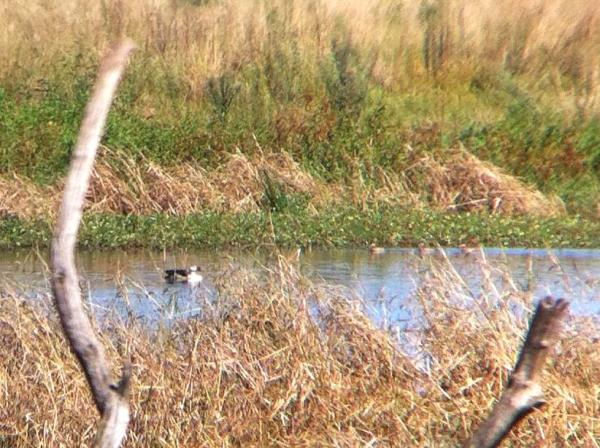


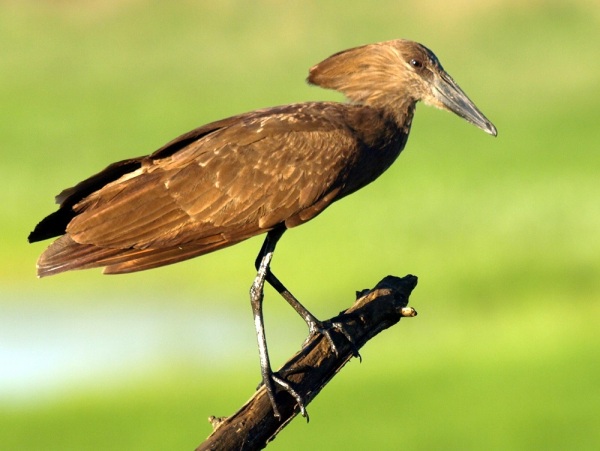


















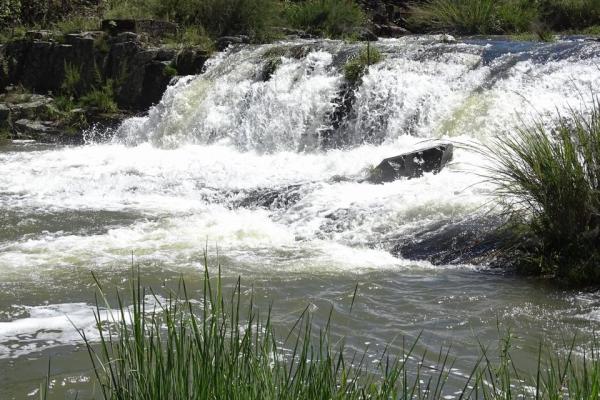



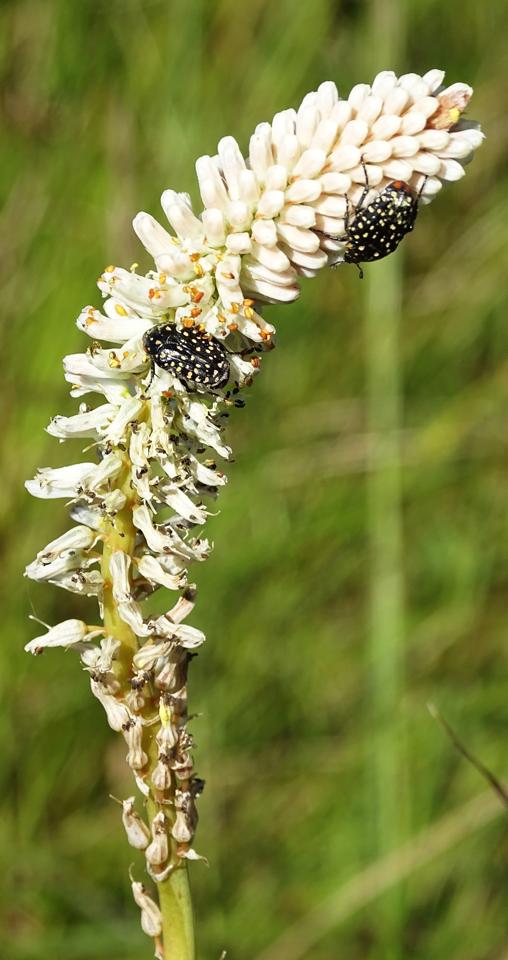
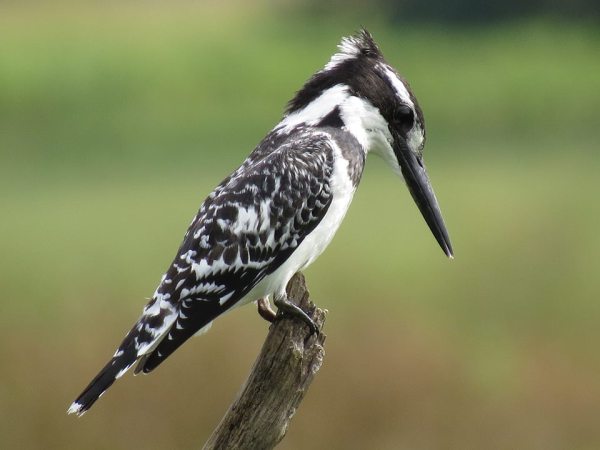

Lovely photos, particularly of the kingfishers!!!!
LikeLike